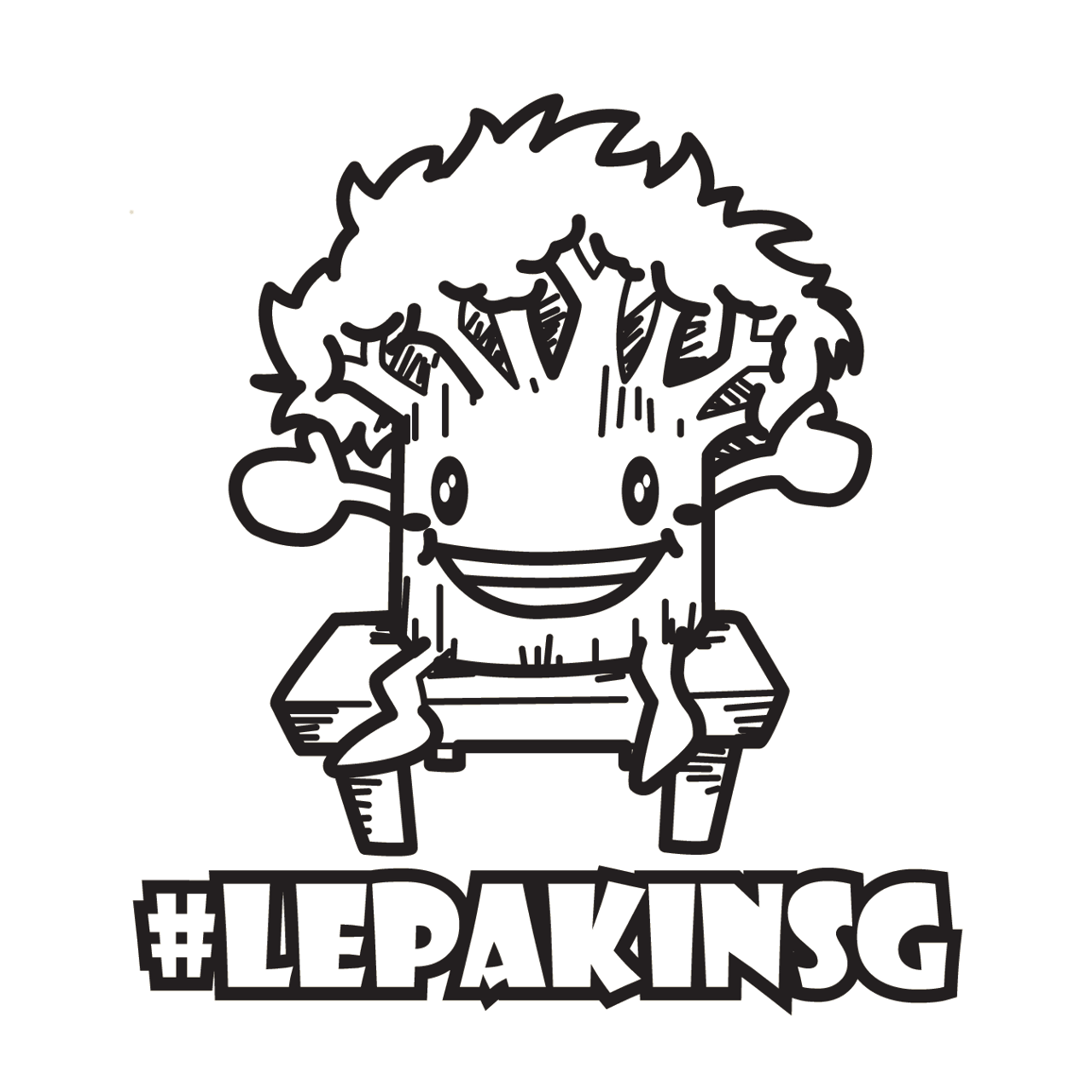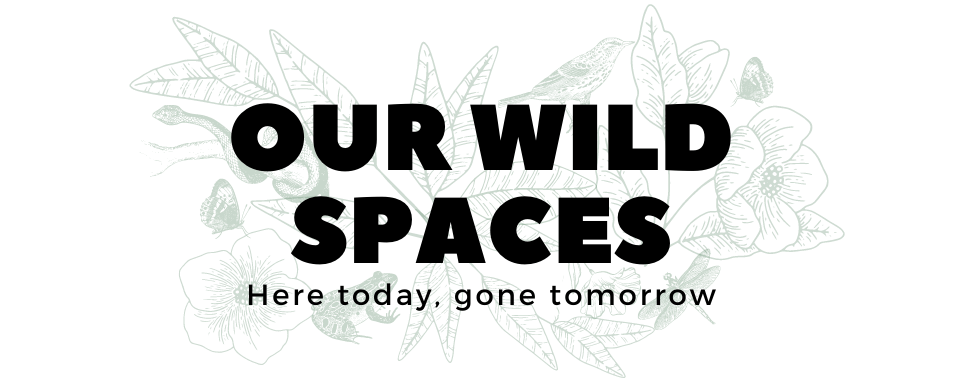
Land is scarce in Singapore. Our forests hang in the balance of the age-old tension between economic development and conservation. As the climate changes and the sea level rises, perhaps it is time to ask:
How much loss is too much?
What are we prepared to lose, and what are we willing to save instead?
- Elliot (@hiddenwilds via RICE Media)
It takes a long time to engineer a regrowth forest, and no matter how well you do it, you can never get back the same makeup of biodiversity.
The case of the
disappearing forests
This includes key locations like:
Singapore is known globally for being a “Garden City”, or more recently, a “City in Nature”. Trees and bushes line our expressways, and there are plans to create “forest towns” that integrate the urban and the ecological. Singapore’s wild spaces, though, are under threat.
According to URA's 2019 Masterplan, we estimate that:
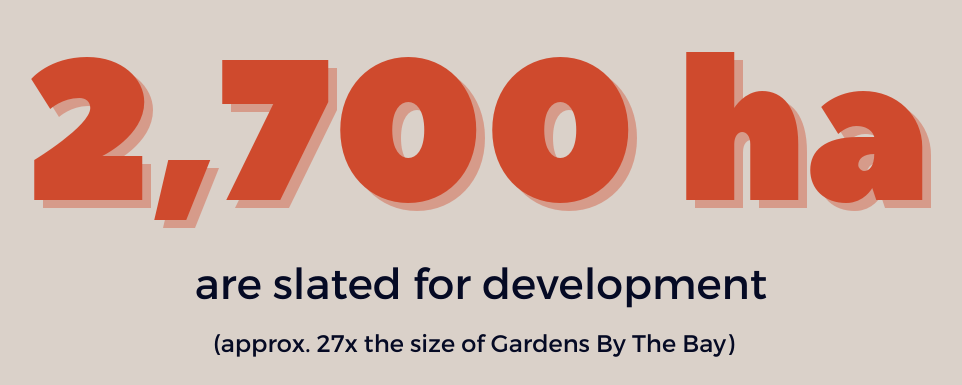
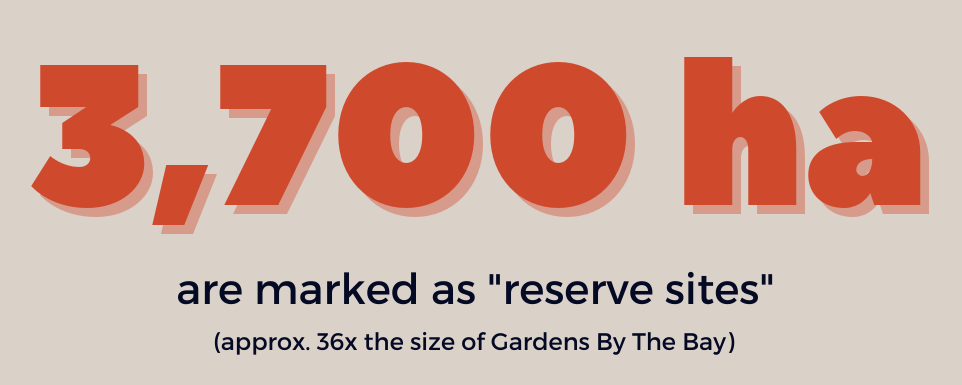
Using the URA Masterplan and Google satellite images, we’ve highlighted wild spaces that are slated to be cleared or reclaimed.
We’ve also identified a large number of forests that are designated as “reserve sites”, meaning that the future of these places are still undecided
Here's what we
stand to lose
How to read the map :
Each area is colour-coded based on its land clearing status. Click on each piece of land to find out what that area will be used for, the size of the area and biodiversity facts. Are there any places here that you recognise?
P.s. Keep an eye 👀 out for the connections or corridors between forests that allow our wildlife to roam.
(Click on the "fullscreen" icon to be redirected to Google Maps)
Cleared / Partial
To-be Cleared
To be determined
The way that we use land in Singapore is tied to our need for economic growth. There are many competing uses for land: industry, HDB flats, dormitories for migrant workers, parks and many others. We’ve heard over and over that to grow the economy, we need more people, more investments, more homes, more business parks. Being a “developed” country does not mean that we are insulated from crisis. The COVID-19 pandemic showed that there are many who are just keeping their heads above the water, living in positions of precarity and struggling to make ends meet. The pandemic also showed that we exploit the environment at our own peril. If all this can be justified under the banner of economic growth, perhaps we then need to ask: what is this economic growth for?
Economic growth is not a goal. It is a means to an end, and that end is to ensure the well-being of people. Ensuring our well-being also has to fall within ecological limits, because it is difficult to live well on a planet that is in crisis because of over-extraction.
Can we keep growing on our tiny island? Is infinite growth on a finite planet possible? These are tough questions to answer. But whether we grow forever, what form that growth takes, how we measure it, and what we use it for is still up to us to decide.
The big question is,
can we grow forever?
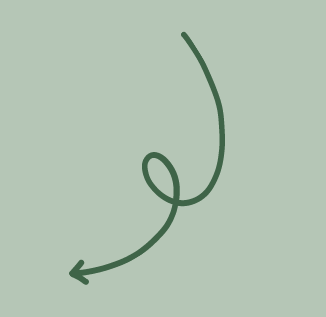
Here's what you can do
Tell us what you think about the future of wild spaces in Singapore!
We're collating people’s thoughts about land use plans so that we can send them to stakeholders like ministers, ministries and other relevant institutions. Please share your thoughts about our forests -- tell us about your memories there, your favourite hiking trails, the animals you’ve seen, etc. (P.s. The padlet works best on computer!)
Put together by LepakInSG
To contact us, drop us an email at [email protected]
Find us on our social media channels and website:
